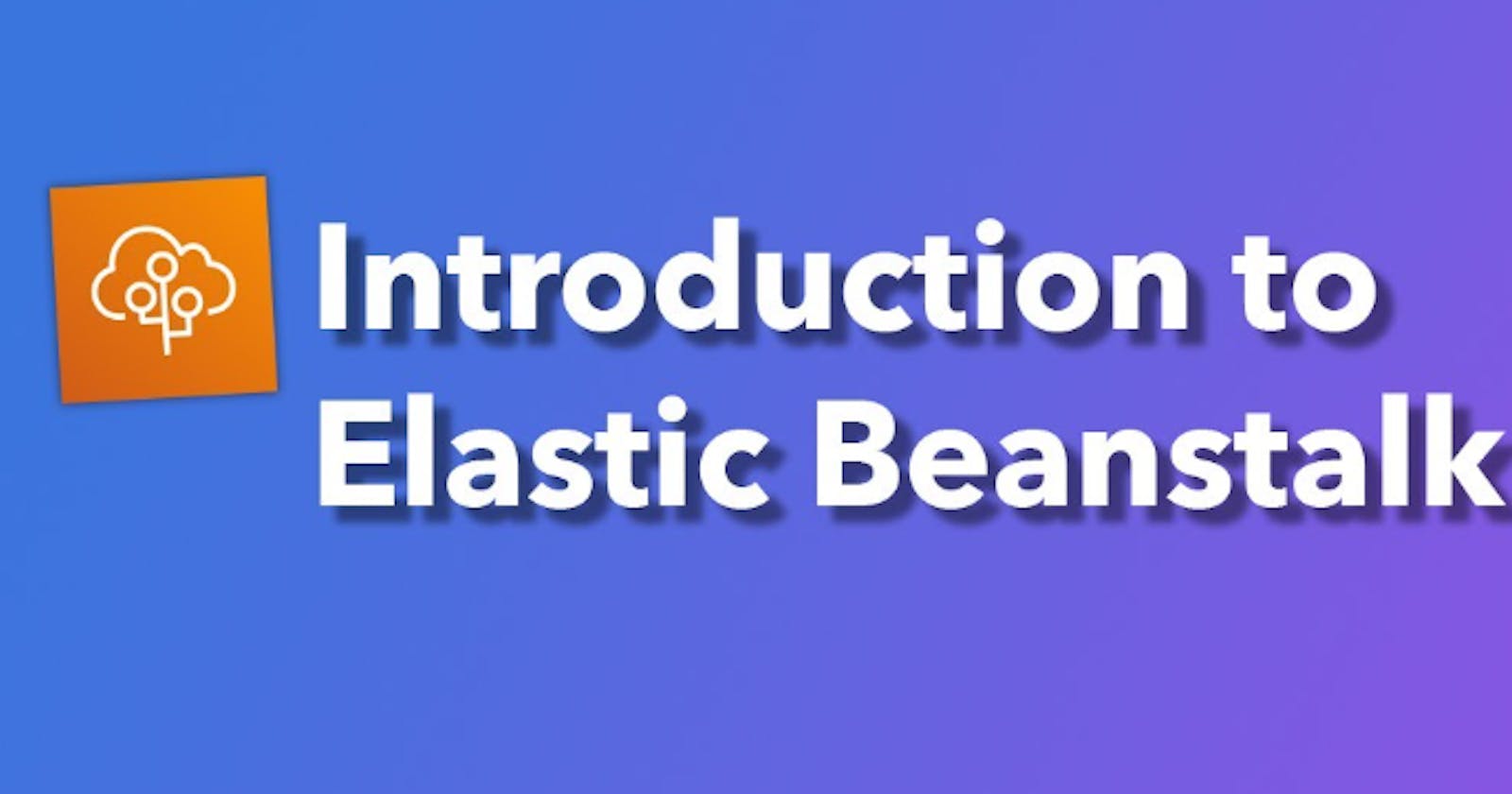AWS Elastic Beanstalk: An Overview of the Platform-as-a-Service (PaaS) Solution
Table of contents
- What is AWS Elastic Beanstalk?
- How does Elastic Beanstalk work?
- What are the components of Elastic Beanstalk?
- How to deploy an application to Elastic Beanstalk?
- How does automatic scaling work in Elastic Beanstalk?
- How to manage and monitor your application in Elastic Beanstalk?
- What are the Advantages of Elastic Beanstalk?
What is AWS Elastic Beanstalk?
AWS Elastic Beanstalk is a cloud-based platform that makes it easy to deploy, manage, and scale web applications and services. It supports a variety of programming languages and web frameworks and offers a completely managed environment for running applications.
How does Elastic Beanstalk work?
By providing an environment with the required resources, such as compute instances, load balancers, and databases, Elastic Beanstalk automates the deployment and scaling of web applications. You can upload your application code, and Elastic Beanstalk takes care of everything else, including provisioning, configuration, and monitoring.
What are the components of Elastic Beanstalk?
The components of Elastic Beanstalk include environments, applications, versions, and configurations. Environments represent a running instance of an application, whereas applications contain your application's code and configuration. Versions are snapshots of your application code, and configurations define the settings for your environment.
How to deploy an application to Elastic Beanstalk?
You must first create an application and an environment before you can deploy an application to Elastic Beanstalk. After that, you can upload your code and define the configuration options and dependencies that are necessary. Once the deployment is complete, Elastic Beanstalk will automatically provision the necessary resources and launch your application.
How does automatic scaling work in Elastic Beanstalk?
Your application can be scaled automatically by Elastic Beanstalk based on the load and traffic it experiences. Scaling policies that specify how Elastic Beanstalk should modify the number of instances running your application can be configured. Instances can be added or removed automatically by Elastic Beanstalk based on parameters like CPU usage, network traffic, or other metrics.
How to manage and monitor your application in Elastic Beanstalk?
The Elastic Beanstalk Console, Command Line Interface (CLI), and API are just a few of the management and monitoring tools offered by Elastic Beanstalk. These tools can be used to view logs, track performance indicators, and diagnose problems. Elastic Beanstalk also integrates with other AWS services, such as CloudWatch and S3, to provide additional monitoring and management capabilities.
What are the Advantages of Elastic Beanstalk?
While Elastic Beanstalk is not the only platform available for deploying and managing web applications, it offers several unique advantages over its competitors:
Integration with other AWS services: Elastic Beanstalk seamlessly integrates with other AWS services such as EC2, S3, and RDS, making it easy to leverage these services in your applications.
Scalability: Elastic Beanstalk provides automatic scaling, allowing your application to scale up or down based on demand without any manual intervention.
Multi-platform support: Elastic Beanstalk supports a wide range of programming languages and web frameworks, allowing you to deploy applications written in different languages and frameworks on the same platform.
Flexibility: Elastic Beanstalk provides both managed and unmanaged environment options, allowing you to customize your application's environment as per your specific requirements.
Ease of use: Elastic Beanstalk is easy to use, with a simple and intuitive interface that makes it easy to deploy and manage your applications without requiring extensive knowledge of AWS or DevOps.
Deployment options: Elastic Beanstalk supports various deployment options, including rolling, all-at-once, and blue-green deployments. You can choose the deployment strategy that best suits your needs and configure it from the Elastic Beanstalk console.
CLI and SDK support: Elastic Beanstalk provides CLI and SDK support for the programmatic management of your application environments. You can use the AWS CLI or SDKs to automate tasks like environment creation, deployment, and scaling.
Security: Elastic Beanstalk provides a secure environment for your application with features like SSL termination, IAM roles, and VPC support. You can configure your application environment to meet your specific security requirements from the Elastic Beanstalk console.
Finally, AWS Elastic Beanstalk is a robust and user-friendly platform that may make it easier to deploy, scale, and manage web applications. Elastic Beanstalk can help you easily deploy and manage your applications in the cloud with support for a variety of programming languages and frameworks, automatic scalability, and built-in monitoring tools.
